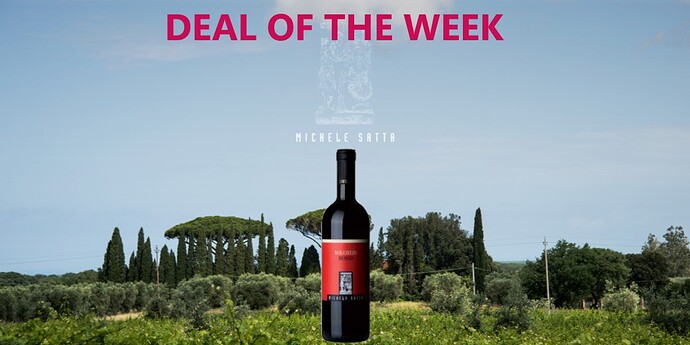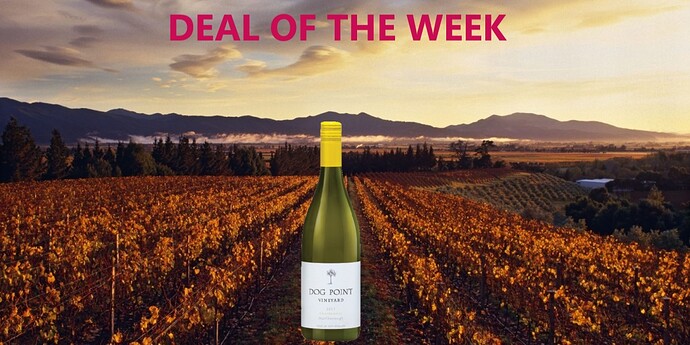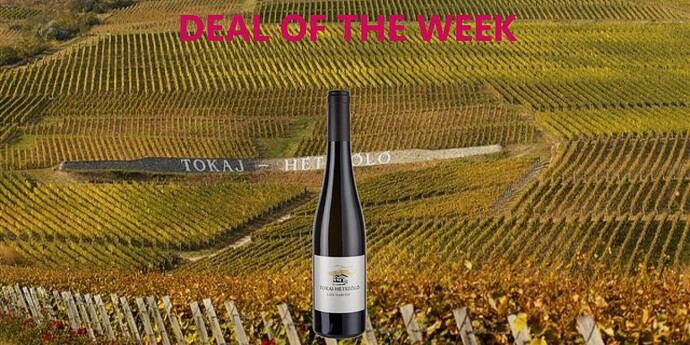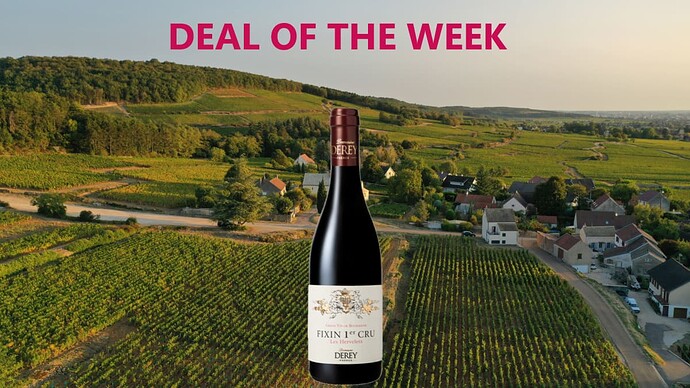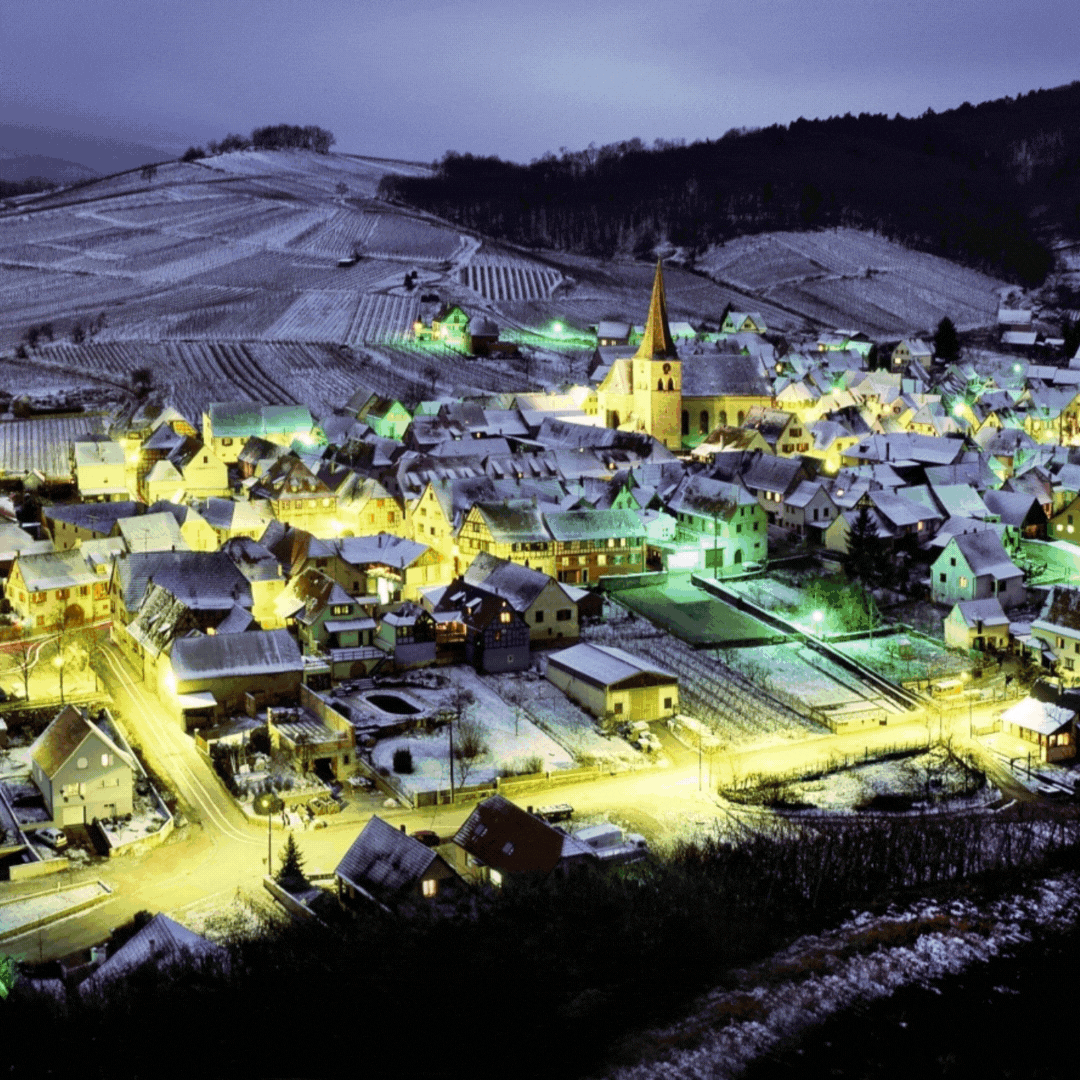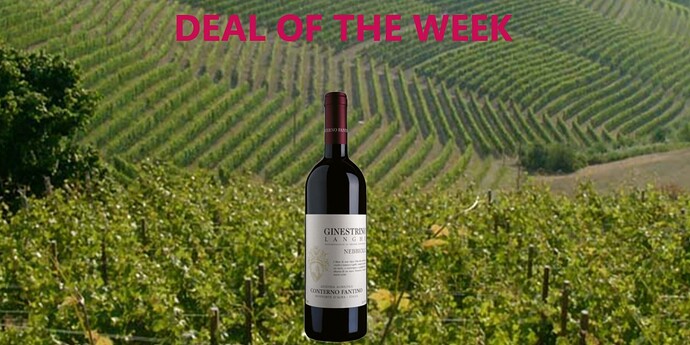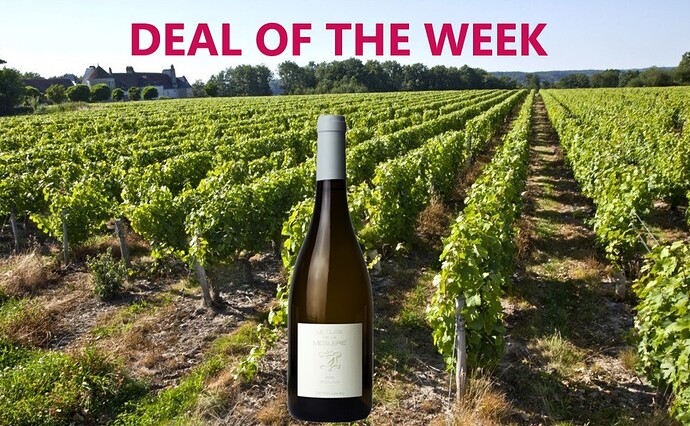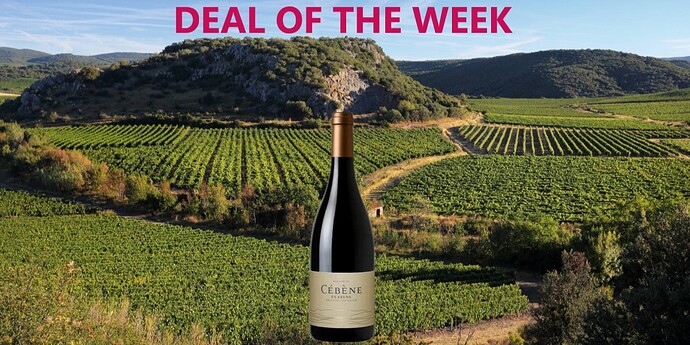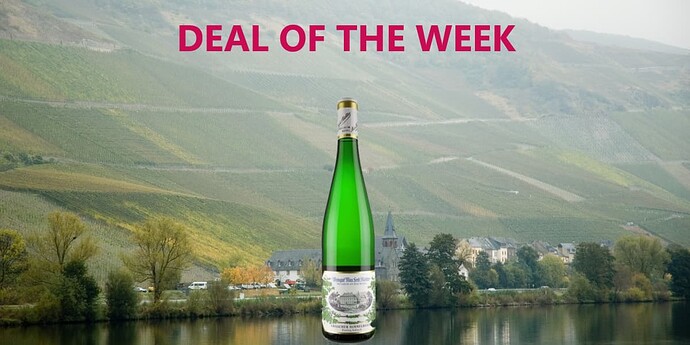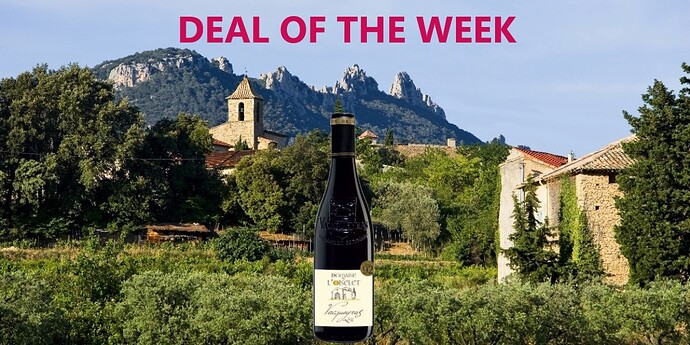Barmes-Buecher, Rosenberg Riesling 2012 - From $35.99 to $19.99
https://vinousreverie.com/barmes-buecher-rosenberg-de-wettolsheim-riesling-2012/
Located between the river Rhine and the Vosges mountains, and at the Swiss and German borders, Alsace offers a diverse landscape of plains, forests, valleys, peaks and of course, vineyards. In the shelter of the Vosges mountains, the Alsace vineyards benefit from a dry and sunny micro-climate, especially in summer and autumn, which is perfect for cultivating vines. The patchwork of different soils and reliefs makes the terroir all important, and each winemaker chooses their vines to best express the potential of each plot.
Barmès-Buecher is one the pioneering, biodynamic wine producers in the world of wine (at the end of the newsletter is an excerpt about their practices). The family’s most famous cuvees come from several Grand Cru vineyards: Hengst, Steingrubler and Pfersigberg. As well as a not-quite-Grand Cru vineyard of note for Barmès-Buecher is the Rosenberg vineyard, where this extraordinary, nuanced Riesling comes from. The soil is a mix of clay and limestone, which lends more body and richness to the wines because of more nutrient retention.
Tasting Notes
This is not a feather-weight, delicate and fruity German-style Riesling. It’s a big, full-bodied wine that just palpitates with energy. A common belief in the wine world is that Riesling reflects the soil better than any other grape. And this one tastes like you are licking rocks, in the best possible sense. It has energy that you cannot describe with adjectives. In fact, the scores below do not do justice to how good this wine is. An unquestionably delicious wine.
91 points Wine Spectator
“A lively white, with fresh acidity and sea salt-laced minerality imparting a clean, snappy quality to the crunchy pear, white peach, blanched almond, floral, smoke and citrus notes.”
90 points Vinous
“Bright straw. Ripe white stone fruits and flowers on the nose and palate. Much riper and fruitier than the Clos Sand, but neither heavy nor over the top thanks to harmonious acidity. The long finish features peppery stone fruit nuances and juicy acidity. The acidity is really the key here, as it lifts and extends the ripe fruit flavors.”
Deal Ends Sunday
